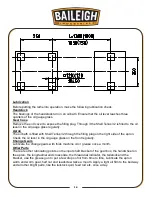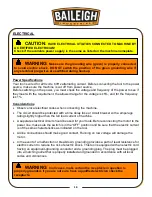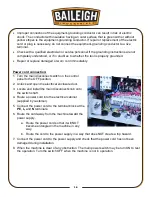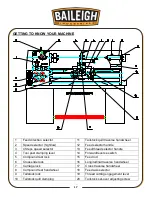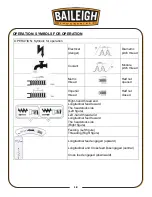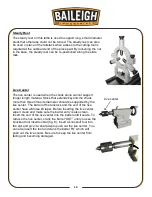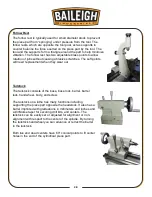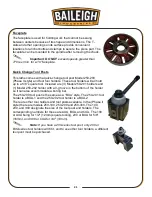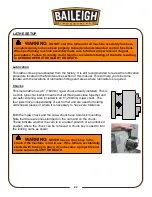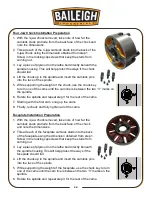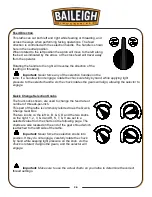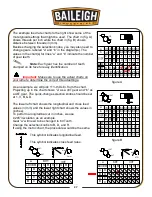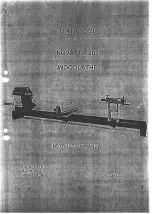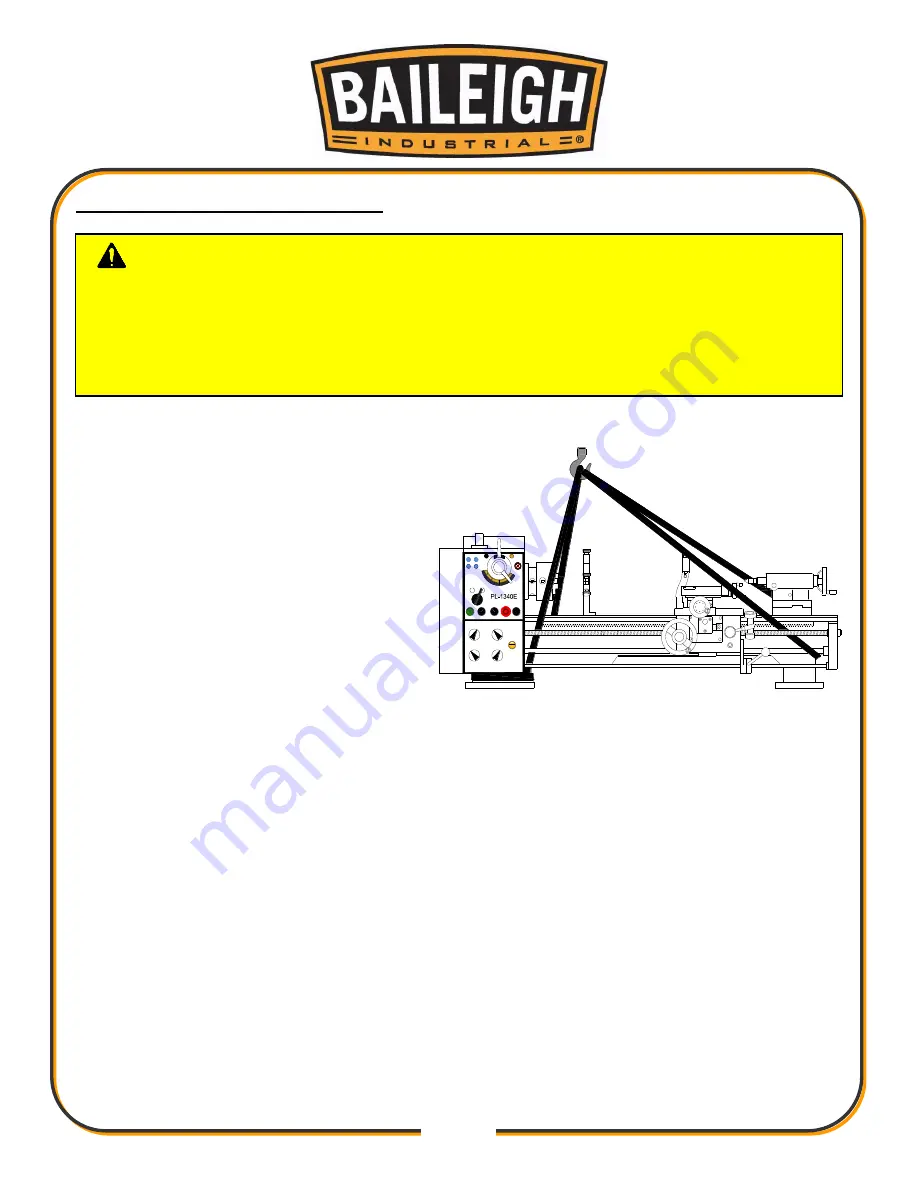
12
12
TRANSPORTING AND LIFTING
Follow these guidelines when lifting with crane or hoist:
•
Use lift equipment such as straps,
chains, capable of lifting 1.5 to 2 times
the weight of the machine.
•
Secure two lift straps around the lathe
base, staying behind the lead screw,
feed rod, and control rod. Be careful
not to damage any electrical cables or
coolant lines.
•
Take proper precautions for handling
and lifting by checking if the load is
properly balanced by lifting it an inch or
two.
•
Lift the machine, avoiding sudden accelerations or quick changes of direction.
•
Locate the machine where it is to be installed, and lower slowly until it touches the floor.
Follow these guidelines when lifting with truck or trolley:
•
The lift truck must be able to lift at least 1.5
– 2 times the machines gross weight.
•
Make sure the machine is balanced. While transporting, avoid rough or jerky motion, and
maintain a safe clearance zone around the transport area.
•
Use a fork lift with sufficient lifting capacity and forks that are long enough to reach the
complete width of the machine.
•
Remove the securing bolts that attach the machine to the pallet.
•
Approaching the machine from the side, lift the machine on the frame taking care that there
are no cables or pipes in the area of the forks.
•
Move the machine to the required position and lower gently to the floor.
•
Level the machine so that all the supporting feet are taking the weight of the machine and no
rocking is taking place.
CAUTION:
Lifting and carrying operations should be carried out by skilled
workers, such as a truck operator, crane operator, etc. If a crane is used to lift the
machine, attach the lifting chain carefully, making sure the machine is well balanced.
Choose a location that will keep the machine free from vibration and dust from other
machinery. Keep in mind that having a large clearance area around the machine is
important for safe and efficient working conditions.
Summary of Contents for PL-1340E-1.0
Page 48: ...45 45 ELECTRICAL DIAGRAM...

















